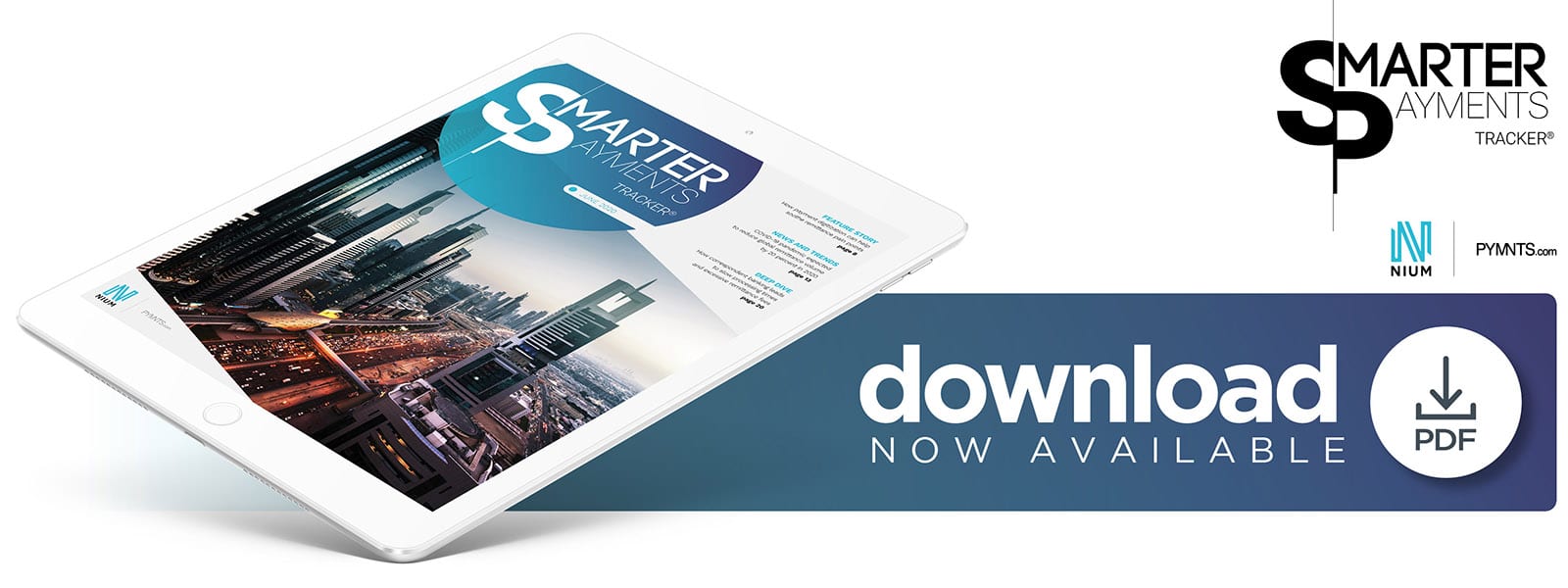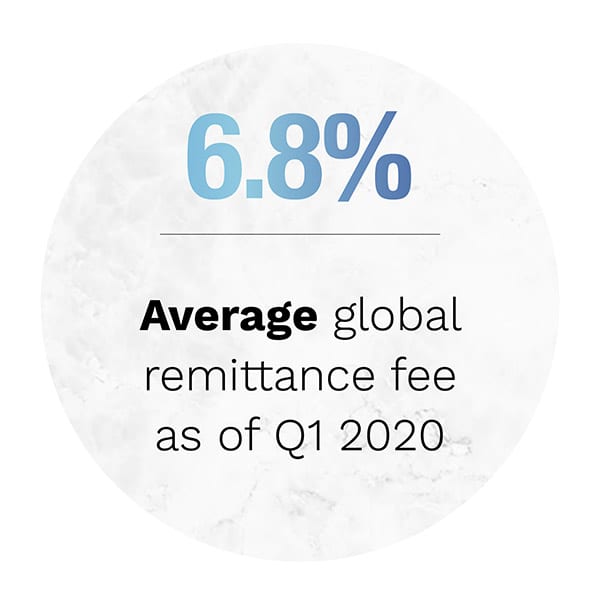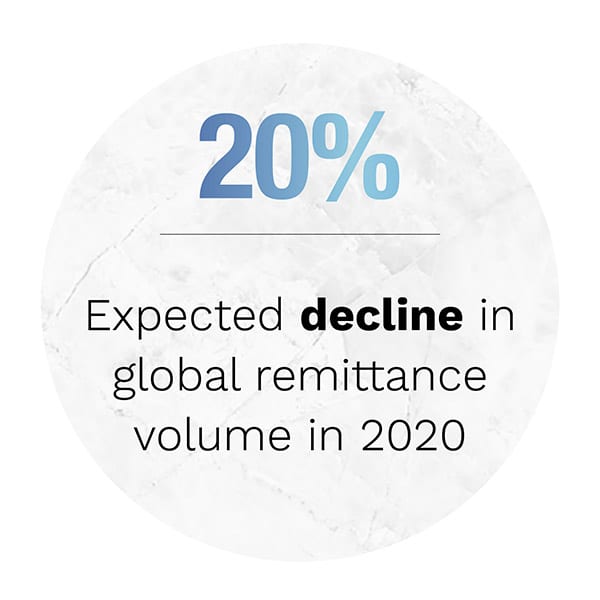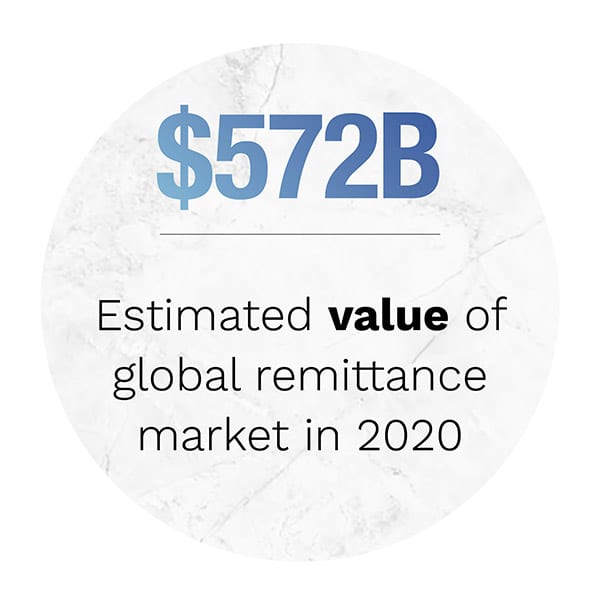
 Cross-border payments are expected to hit $39 trillion by 2022, with $572 million worth of payments consisting of remittances sent from migrant workers to their families abroad.
Cross-border payments are expected to hit $39 trillion by 2022, with $572 million worth of payments consisting of remittances sent from migrant workers to their families abroad.
These payments can be painstakingly difficult to process, however, with excessive fees and sluggish payment speeds that many migrant workers cannot afford.
Many of the problems associated with remittances are being mitigated by new banking technologies, however, as financial institutions (FIs) and payment providers begin to cooperate on multiparty payment networks rather than relying on bilateral agreements that result in cross-border payments moving from bank to bank in sequence. Dedicated remittance-as-a-service platforms have also emerged to take the burden off of banks and other companies handling cross-border payments, resulting in quicker settlements and lower fees for customers.
In the June Smarter Payments Tracker®, PYMNTS explores the latest in the world of smarter payments, including new remittance-as-a-service platforms from providers such as Nium, the prob lems associated with correspondent banking, and how COVID-19 is negatively impacting the cross-border payments industry.
lems associated with correspondent banking, and how COVID-19 is negatively impacting the cross-border payments industry.
Developments From Around The World of Smarter Payments
The COVID-19 pandemic is expected to have a significant impact on the remittance industry, with the World Bank estimating that these payments will decline 20 percent by the end of 2020. This will mark the largest single-year decline in remittances in the past hundred years if it comes to pass, with the 2009 recession only seeing a 5 percent remittance decline, for comparison. This year’s decline is due to a combination of factors stemming from the pandemic, including declining wages and increasing unemployment among immigrants.
This ominous prediction has spurred the Swiss and U.K. governments into action, with both countries calling for nations around the world to simplify their remittances processes. Their joint statement urged world governments to classify remittance providers as essential services in order to continue the steady flow of these payments and to take action if remittance fees in their countries were exorbitantly high. The call to action was seconded by other countries around the world, including Ecuador, Egypt, El Salvador, Jamaica, Mexico, Nigeria and Pakistan.
to take action if remittance fees in their countries were exorbitantly high. The call to action was seconded by other countries around the world, including Ecuador, Egypt, El Salvador, Jamaica, Mexico, Nigeria and Pakistan.
Efforts to simplify remittances processes are also being undertaken by banks, payment providers and technology firms. One such effort comes from Singapore-based FinTech Nium, which is partnering with payment technology firm Geoswift to accelerate cross-border payments to and from China. This partnership allows customers to make real-time payments via Nium’s app or website in 40 different currencies. The new system is available through 14 different Chinese banks, including Bank of China, Bank of Shanghai, China Construction Bank, China Everbright Bank and ICBC.
For more on these and other smarter payments news items, download this month’s Tracker.
 Mashreq Bank On Simplifying And Accelerating Remittances For Migrant Workers
Mashreq Bank On Simplifying And Accelerating Remittances For Migrant Workers
The United Arab Emirates is well aware of the frustrations associated with remittances, as 90 percent of the population consists of expatriate workers sending money abroad to their families. The advent of local switches and remittance-as-a-service have been gamechangers for the industry, however, accelerating what was once a painstaking process.
In this month’s Feature Story, PYMNTS spoke with Dubai-based Mashreq Bank’s executive vice president Rohit Garg about how these new technologies have accelerated and simplified cross-border remittances by cutting out the middlemen.
Deep Dive: How Correspondent Banking Makes Remittances Sluggish And Expensive
Many of the frustrations brought on by cross-border remittances, such as their high fees and lethargic processing times, are due to correspondent banking, in which payments are routed through a network of several banks before they reach their final destination. Each bank along this daisy chain subjects the remittance to their own inspections and fees, which increases the processing time and passes the costs to the customer.
This month’s Deep Dive explores the shortcomings of correspondent banking, as well as the new remittance models that are beginning to take its place.
About The Tracker
The Smarter Payments Tracker®, done in collaboration with Nium, is your go-to monthly resource for updates on trends and changes in smarter payments.